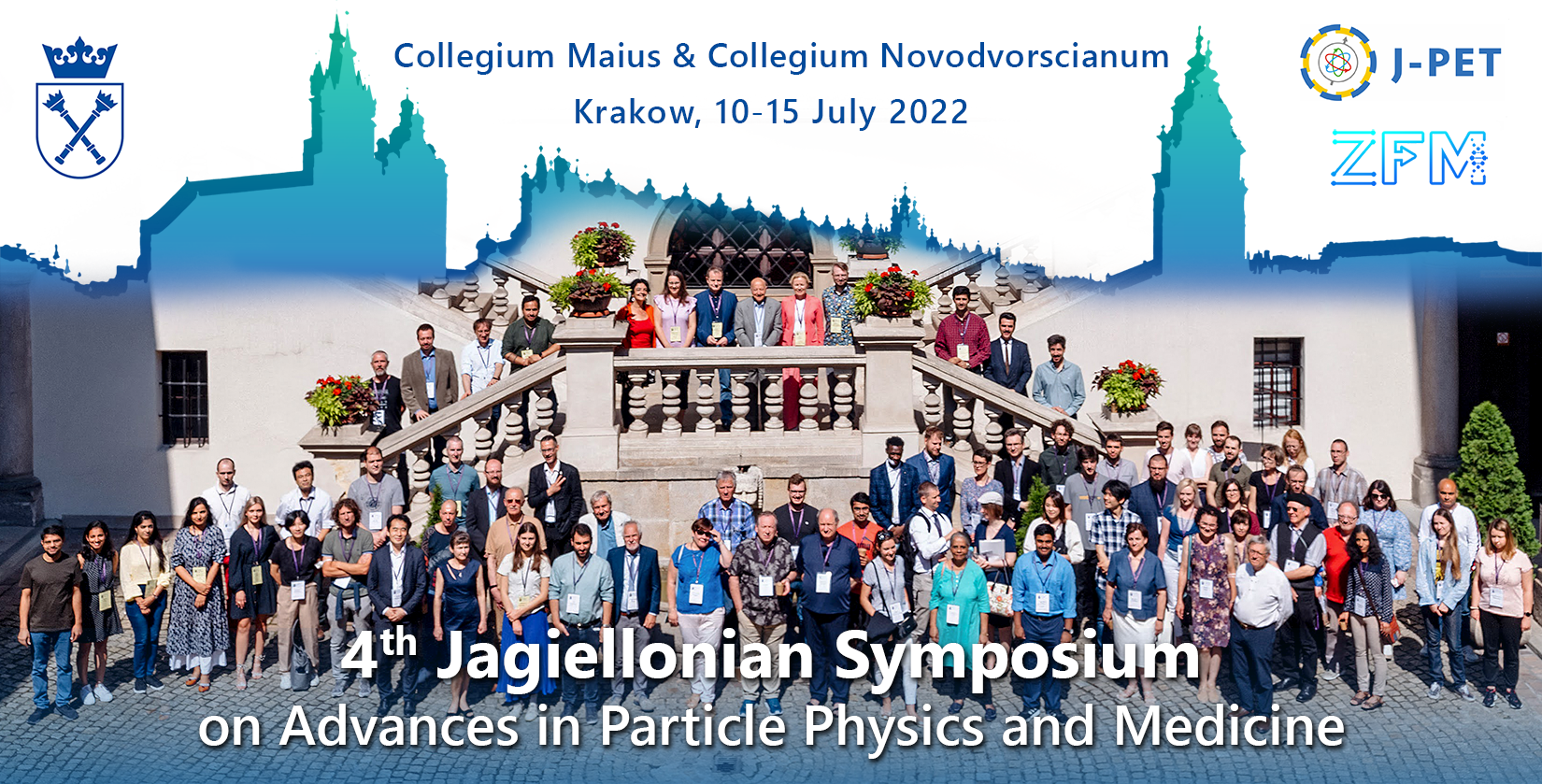Speaker
Description
Infective endocarditis is a complex disease with cardiac involvement and multiorgan complications. Its prognosis depends on prompt diagnosis that leads to an aggressive therapeutic management combining antibiotic therapy and early cardiac surgery when indicated. However, IE diagnosis always poses a challenge. In recent years, nuclear imaging ( technetium99m hexamethylpropyleneamine oxime-labelled autologous leukocytes (99mTc-HMPAO-SPECT/CT) and 18FDG PET) have experienced significant technical improvements, and their application to the detection of cardiac and extracardiac IE-related lesions seems to be a strategic way forward in the management of patients with suspected IE. The accumulation of time-dependent radiolabelled leucocytes (99mTc-HMPAO-WBC) is registered to evaluate in vivo inflammatory lesions. The main added value of this technique is its high specificity and detection of peripheral embolic events. Sensitivity and specificity of 99mTc-HMPAO-SPECT/CT was 86% and 97%, respectively. Positron emission tomography with fluorodeoxyglucose (18F-FDG PET) technology delivers high-resolution images by the use of biologically active compounds labeled with positron emitters. Uptake of the radiopharmaceutical in PET is based on the high expression of glucose transporters, which actively incorporate the tracer into the cells. A radiolabeled glycogen analog accumulates into cells such as activated inflammatory cells in infection and inflammation processes.Metabolic activity is evaluated both qualitatively and quantitatively. If PET/CT acquisition is combined with cardiac CT (PET/CT), the metabolic findings provided by the [18F]FDG uptake distribution and intensity might be added to the anatomic findings already described for cardiac CT within a single imaging procedure. Notable advantages of PET/CT and WBC SPECT/CT are their ability to perform the extracardiac workup within a single imaging procedure and to reveal the concomitant presence of extracardiac infection sites as the consequence of both septic embolism and primary infective processes. Nuclear examination may provide opportunities for personalized evaluation in order to choose the best therapeutic strategy.

